How to identify reputable online resources
In today’s digital age, information is more accessible than ever. With a few clicks, one can find answers to virtually any question. However, this abundance of information also raises concerns about credibility. How can we distinguish trustworthy online sources from those that may mislead us? In this article, we will explore various strategies to help you effectively identify reputable online resources. For a deeper dive, you can visit How to identify reputable online https://bettafunclub.com/pt/ which can serve as a resourceful guide.
Understanding Online Credibility
Online credibility refers to the trustworthiness of information available on the internet. In order to assess credibility, it’s essential to understand the attributes that contribute to it. Here are the primary factors to consider:
- Authority: Look for information from recognized experts or authoritative institutions. Academic articles, government websites, and reputable news organizations generally offer reliable information.
- Accuracy: Check if the information is backed by evidence. Look for citations, references, or supporting data that can confirm the claims made in the article.
- Objectivity: Evaluate the tone of the resource. Is it impartial, or does it exhibit bias? Resources with a clear agenda may not provide a full picture.
- Currency: Ensure that the information is up to date. Depending on the subject matter, recent data may be crucial for accuracy.
- Coverage: Assess the depth of information. A reputable source should provide a comprehensive overview of the topic.
Concrete Steps to Identify Reputable Online Resources
1. Check the Source
The first step in verifying an online resource is to analyze the source. Consider the following:
- Is the source an established organization, academic institution, or a well-known author?
- Does the source have a professional website with proper design and functionality?
- Look for an “About Us” page to learn more about the organization or author and their qualifications.
2. Look for Citations and References
Legitimate articles usually provide citations or references. Check for hyperlinks, footnotes, or a references section that backs up the information shared. If the article does not cite its sources, it might be a red flag.
3. Evaluate the Domain
The domain of the website can provide insight into its credibility. Government (.gov) and educational (.edu) sites often offer reliable information. Nonprofits usually have the .org extension; while they can be credible, you should still evaluate their content critically.
4. Cross-Check Information
One of the most effective ways to determine if an online resource is reputable is to cross-check information with multiple sources. When you find consistent information across different credible sources, you can feel more confident in its accuracy.

5. Use Fact-Checking Websites
Make use of fact-checking websites such as Snopes, FactCheck.org, or PolitiFact. These platforms specialize in verifying the authenticity of various claims and can significantly assist in gauging the credibility of sources.
6. Read Consumer Reviews
If you’re assessing a commercial website, check for consumer reviews. Websites like Trustpilot or the Better Business Bureau can provide insights into customer experiences and the integrity of a business.
Common Red Flags to Watch For
While many sources may seem credible at first glance, there are several red flags to pay attention to:
- Excessive ads or clickbait headlines can indicate a focus on profit rather than quality information.
- Overly sensational language or emotionally charged presentations of information can signal bias.
- Grammar and spelling errors often indicate a lack of professionalism and attention to detail.
- Absence of any authorship can suggest an unreliable source, as reputable articles usually have an identifiable author.
The Role of Social Media
Social media is both a boon and a bane concerning reputable information. While platforms like Twitter, Facebook, and Instagram can disseminate information quickly, they can also spread misinformation just as rapidly. It’s essential to approach information found on social media with caution:
- Verify the claims using established news sources or fact-checking websites.
- Caution against sharing unverified information with others, as it may contribute to the cycle of misinformation.
Final Thoughts
In conclusion, identifying reputable online resources is a critical skill in the information age. By understanding the factors that contribute to credibility, implementing verification techniques, and being discerning about the content you consume, you can navigate the vast sea of information more effectively. Ultimately, fostering critical thinking and skepticism will empower you to become a more informed internet user.



